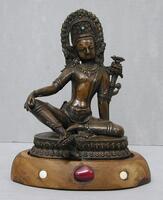15 UMMA Objects
15 UMMA Objects

Iranian (Iranian)
Plate with deep red-brown glaze spashed with yellow (cracked)
1600 – 1899
Museum Purchase
1957/1.98

Chokwe (Chokwe (culture or style))
Caryatid stool
1850 – 1899
Gift of Candis and Helmut Stern
2005/1.204
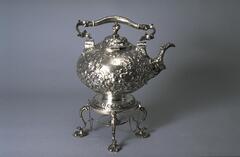
Samuel Kirk
Hot water kettle with stand, from six piece silver coffee and tea service
1845 – 1855
Gift of Mrs. George G. Cameron
1982/2.57A

Samuel Kirk
Creamer, from six piece silver coffee and tea service
1845 – 1855
Gift of Mrs. George G. Cameron
1982/2.57F

Japanese (Japanese (culture or style))
Karatsu Ware Bowl (Mukôzuke)
1600 – 1899
Bequest of Margaret Watson Parker
1954/1.542
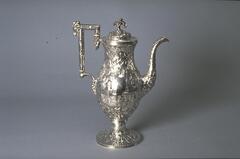
Samuel Kirk
Coffee pot, from six piece silver coffee and tea service
1845 – 1855
Gift of Mrs. George G. Cameron
1982/2.57B
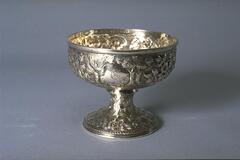
Samuel Kirk
Slop bowl, from six piece silver coffee and tea service
1845 – 1855
Gift of Mrs. George G. Cameron
1982/2.57D
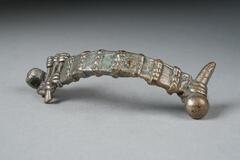
Akan (Akan (culture or style))
Gold-weight
1900 – 1985
Gift of Dr. James and Vivian Curtis
1997/1.503
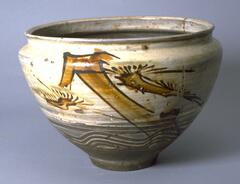
Japanese (Japanese (culture or style))
Jar
1600 – 1899
Gift of Mrs. Caroline I. Plumer for the James Marshall Plumer Collection
1973/2.37

Mori Kōga (Takamasa)
Bacchanalian Revelry of the Seven Lucky Gods
1833 – 1866
Museum purchase made possible by a gift from Helmut Stern
1985/2.20
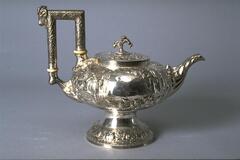
Samuel Kirk
Teapot, from six piece silver coffee and tea service
1845 – 1855
Gift of Mrs. George G. Cameron
1982/2.57C
Loading…
